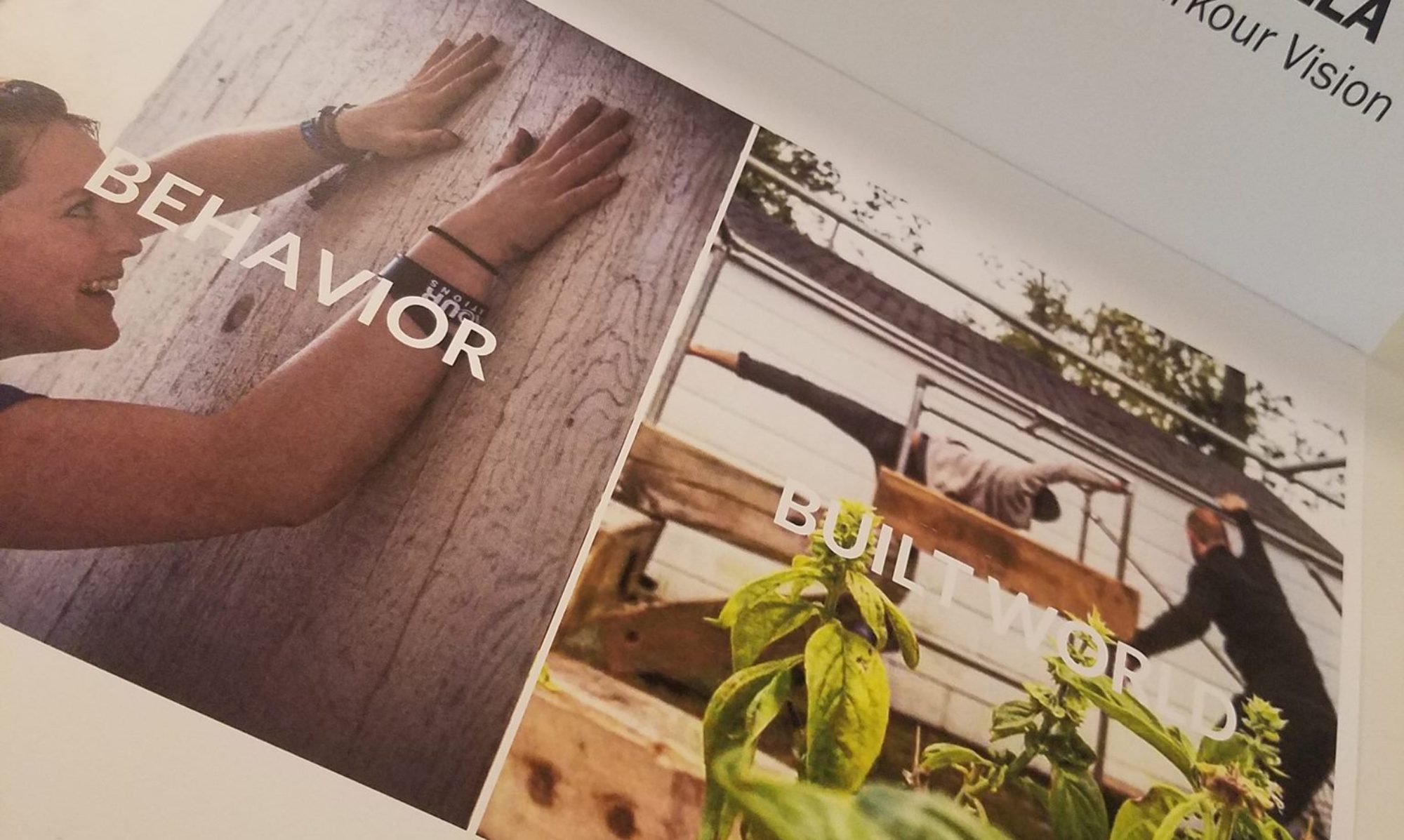Play is Powerful! Bridging Loneliness Through Active Intergenerational Communities→
Why is #play powerful? Because it can connect people through time and across generations. A kid and a senior can share a memory over a streetgame played in youth and for a moment connect as humans, glimpse into a possible future and the forgotten past.
Intergenerational community is rare but incredibly powerful when it comes to creating possibilities, vision, health, hope, and joy.
Parkour is one of those unique spaces that can truly support intergen community. I look forward to the next 10, 20, 50+ years of movement and play in my life, and to be able to both watch and be apart of helping guide culture as our diverse leaders age up and new ones emerge. I am so inspired by Julie Angel s messaging around positive aging, the parkour over 40 fb group, the growth of PKMove / playful aging / Forever Young programs (including one we are doing with PKV in 2019) and the numerous practitioners (some who became best friends, my mentors, My students) I’ve met over the years through events and practice.
And mostly I am so so grateful to be apart of a sport / discipline / community that I can be apart of no matter how old I get, no matter how my body changes, no matter the place I am, no matter the money I make, no matter obstacles I face. There are so very few legitimate, meaningful communities and outlets like that in life–spaces without limitations or rules around participation.
It truly inspires me to ask more of my self, my body, my practice, my city, and my life, because I see others, older and younger, doing the same. And as a person, I more deeply understand my value as a human in this larger ecosystem–as a student/teacher, as a learner/leader–evolving, maturing, transforming.
We are neither young or old, we are human! Let’s play together.
Failing Neighborhood Parks→
“…because neighborhood parks are rarely designed with urban health in mind, these spaces—which the study defines as anywhere from two to 20 acres—often don’t fulfill their potential as pieces of public health infrastructure.”
the atlantic
We need to expand our vision beyond simple walking paths and benches–the most common and primary park features–and start building activity landscapes that engage our senses, brains, and bodies.
Instead of confining play to the playground, embed it into the everyday, for everyone.
Designing For Play
A few weeks ago I had a chance to jump on to the The Human Animal Podcast with Matt. This is part 1, where we talk a ton about design and play, including:
Developing Play Vision
The Interplay of Play and Design
What many gyms miss out on when designed
How to Craft a Play Session
The Importance of Inviting Others to Play
“When children who differ widely in age and ability play together, the older ones,by necessity, boost the younger ones up to higher levels of activity. […] Older children also learn crucial lessons through playing with younger ones. They gain a sense of their own maturity as they practice caring, protecting, and leading. ” – Peter Gray on Intergenerational Play
“This is the real secret of life — to be completely engaged with what you are doing in the here and now. And instead of calling it work, realize it is play.” – Alan Watts
“Children have never been very good at listening to their elders, but they have never failed to imitate them.”
James Baldwin
“We understand victory as something that can be achieved only by one side, by an individual or a team or one competing party (tribe, nation, political body). The idea that victory can be shared, that we can all win, all succeed together remains revolutionary.” – Bernard DeKoven
“I am convinced that standardized playgrounds are dangerous, just in another way: When the distance between all the rungs in a climbing net or a ladder is exactly the same, the child has no need to concentrate on where he puts his feet. Standardization is dangerous because play becomes simplified and the child does not have to worry about his movements.” -Helle Nebelong
“Play is our brain’s favorite way of learning.” – Diane Ackerman
from her book Deep Play
